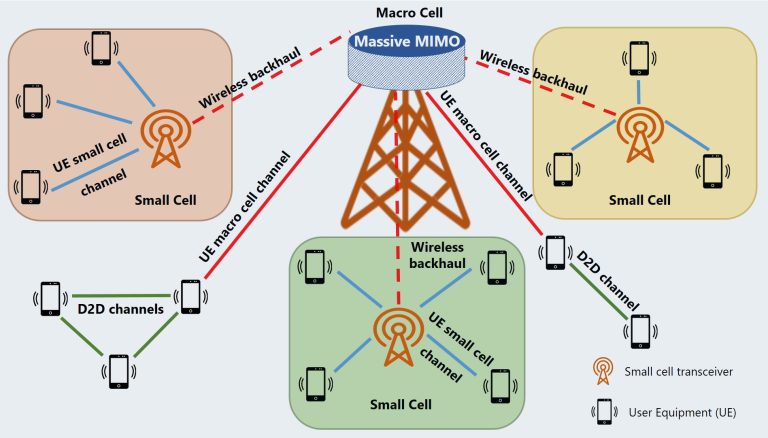UUID: What is a Universally Unique Identifier and How Does It Work?
telcomatraining.com – In the digital world, ensuring unique identification is crucial for systems that require reliable and collision-free identification. This is where UUIDs, or Universally Unique Identifiers, come into play. These identifiers are widely used in software applications, databases, and distributed systems to ensure distinct identification without overlap. In this article, we will explore what UUIDs are, how they work, and why they are essential in modern technology.
What is a UUID?
A Universally Unique Identifier (UUID) is a 128-bit number used to uniquely identify information in computer systems. UUIDs are designed to be unique across different systems and timeframes, reducing the probability of duplication to an insignificant level. They are represented in a standardized format, typically written as a 32-character hexadecimal string, divided into five groups separated by hyphens (e.g., 550e8400-e29b-41d4-a716-446655440000).
UUIDs are defined by the Open Software Foundation (OSF) and follow the RFC 4122 standard, which specifies various algorithms to generate them. The randomness and structure of UUIDs make them highly suitable for scenarios where uniqueness is critical.
How Does a UUID Work?
UUIDs are generated using specific algorithms that ensure their uniqueness. The most common versions of UUIDs are:
1. UUID Version 1 (Timestamp-based)
This version uses the current timestamp, a randomly generated node (often a MAC address), and a sequence number to generate a unique identifier. The structure of a Version 1 UUID ensures that even if multiple UUIDs are created simultaneously, they remain distinct due to the inclusion of time and machine-specific information.
2. UUID Version 3 (Name-based, MD5 Hashing)
Version 3 UUIDs use a namespace and a name to create a unique identifier by applying an MD5 hashing algorithm. This ensures deterministic UUIDs for the same input while still maintaining uniqueness within a given namespace.
3. UUID Version 4 (Randomly Generated)
Version 4 is the most commonly used UUID type, relying on randomness for uniqueness. These UUIDs are generated using pseudo-random number generators (PRNGs), ensuring that each generated UUID is highly unlikely to be duplicated.
4. UUID Version 5 (Name-based, SHA-1 Hashing)
Similar to Version 3, UUID Version 5 also generates identifiers based on a namespace and name but uses the SHA-1 hashing algorithm instead of MD5. This enhances security and uniqueness within specific use cases.
Why Are UUIDs Important?
UUIDs offer several advantages that make them essential in modern computing environments:
1. Global Uniqueness
UUIDs are designed to be unique across different systems, making them ideal for distributed applications where identifiers must not conflict.
2. Scalability
Because UUIDs do not require a centralized authority for generation, they allow systems to scale efficiently without the risk of duplicate identifiers.
3. Security and Anonymity
Unlike sequential IDs, UUIDs do not reveal system-specific or sequential information, which enhances security in sensitive applications.
4. Ease of Use
UUIDs can be easily generated using libraries in various programming languages, making them convenient for developers.
Common Use Cases for UUIDs
UUIDs are widely used in different fields, including:
- Databases: UUIDs serve as primary keys in distributed databases, ensuring uniqueness across multiple nodes.
- Web Applications: Many APIs and web applications use UUIDs to identify users, transactions, and resources.
- File and Object Storage: Cloud storage services use UUIDs to name files and objects, preventing conflicts.
- IoT Devices: UUIDs help identify devices in large-scale Internet of Things (IoT) ecosystems.
- Blockchain and Cryptography: Secure transactions and digital signatures often rely on UUIDs for unique identification.
Conclusion
UUIDs are a powerful tool for ensuring unique identification in computing environments. With various versions catering to different needs, UUIDs are widely used in databases, web services, and distributed systems. By leveraging UUIDs, developers can create scalable and secure applications without worrying about identifier collisions. As technology continues to evolve, UUIDs will remain a crucial component of digital infrastructure, enabling seamless and reliable identification across diverse platforms.







